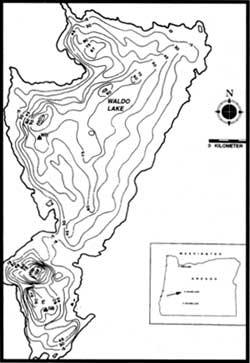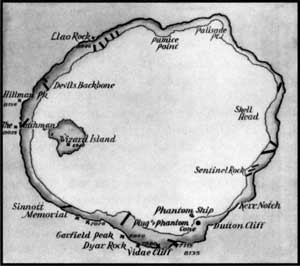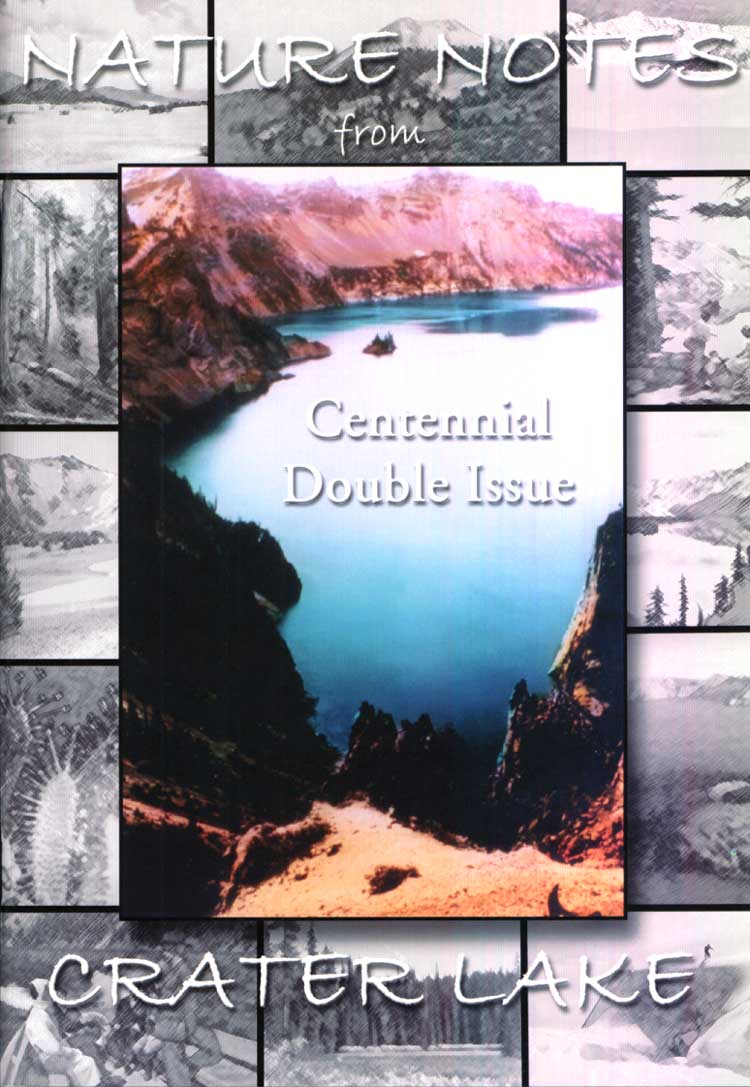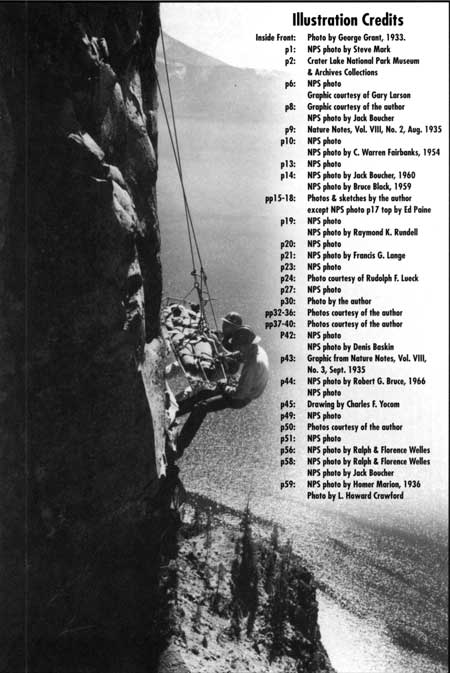Volume 32-33, 2001-2002
All material courtesy of the National Park Service.These publications can also be found at http://npshistory.com/
Nature Notes is produced by the National Park Service. © 2001
Introduction
Great names rise to the big occasion, or so goes the old adage. Several authors in this edition were intrigued by the idea of a double issue to mark the centennial of Congress acting to establish Crater Lake National Park. Others responded once they knew that the writer intends to retire as editor of Nature Notes from Crater Lake with the appearance of this publication for the tenth consecutive time since 1992. Whatever their reasons for contributing, authors have once again offered an engaging mix of topics for the largest issue ever published.
This edition will cap an experiment that began as part of a symposium held over three days in May 1992 to celebrate the 90th anniversary of Crater Lake’s designation as a national park. I wanted to find out how long a publication focused on natural history at the local level might last, given that all the contributions would have to be volunteered. The hiatus in printing Nature Notes from Crater Lake had lasted for more than three decades, with the end of a second string of publishing it on an annual basis coming at a time when ranger naturalists (later called seasonal interpreters) still had project time to complete their submissions.
The relative luxury of interpreters having project time to produce articles for Nature Notes had long since disappeared by 1992 due to a variety of factors, so I had to cast a wider net to reach potential contributors. Some of the interpreters responded, as did employees in more specialized resource management positions. Several park alumni became a mainstay for contributions and often produced exceptional submissions in giving certain issues a more robust quality than ones solely dependent upon what paid staff could produce on their own time. Authors who had never worked for the National Park Service gave a few volumes the necessary variety of topics and a fresh perspective. To everyone who helped I wish to extend a most sincere thank you!
This third series of Nature Notes from Crater Lake was not possible without an audience whose support allowed the Crater Lake Natural History Association to, in some measure, come close to breaking even on printing costs. With most volumes now out of print, I heartily recommend the park’s official website for those interested in reading back issues. Please visit www.nps.gov/crla, then go to “Park History” and click on “Nature Notes.” Randall Payne, Jamie Halperin, and June Jones deserve the credit for making this kind of access to the archives possible.
The Crater Lake Natural History Association sponsors this publication as part of an ongoing commitment to the educational and resource management programs of the National Park Service. Please join them in this effort by becoming a CLNHA member and in the process receive a 15 percent discount on all items sold by the association at Crater Lake National Park and Oregon Caves National Monument. A list of these items is available from the Business Manager, Crater Lake Natural History Association, P.O. Box 157, Crater Lake OR 97604; (541) 594-2211, ext. 498.
Oregon’s Two Largest, Deepest, Bluest, Purest Lakes: A Comparison
 Bathymetric map of Waldo Lake with depth contours in meters. |
The Cascade Range holds lakes unmatched in the world. In comparing two of its more prominent lakes, Crater Lake in the southern part of Oregon and Waldo Lake in the central part of the state, there are some superficial similarities but also distinctive differences. The latter become readily apparent as each lake gradually becomes more familiar to visitors, though the significant attributes of each lake can be set apart from most other lakes anywhere in the world. As exceptional oligotrophic (nutrient-poor) bodies of water, Crater Lake and Waldo Lake are well worth the cost and effort to ensure their protection “for all people, for all time.”
Locations
Waldo Lake is situated about 190 km south-southeast of Portland, Oregon, at an elevation of 1650 meters above sea level. It is 9.6 km long and has a surface area of 25.5 square kilometers. Its bottom is gently sloping to a maximum depth of 128 meters on the lake’s western side. Water received into the lake falls on an area about twice as large as the lake itself. Soils are organically poor and well drained, with bedrock less than two meters below the pumice and rounded boulders. The forest surrounding the lake contains lodgepole pine, western white pine, mountain hemlock, western hemlock, Douglas fir, noble fir, true fir, and Engelmann spruce. Management of the area is the responsibility of the U.S. Forest Service staff on the Willamette National Forest. The western shores of the lake adjoin the Waldo Wilderness Area. The northern tributaries of the Willamette River’s middle fork flow from the northwest of Waldo Lake.
 Crater Lake with key features around the rim. |
Crater Lake is located 130 km northeast of Medford, Oregon. Vertical cliffs surround the lake and are remnants of the collapsed Mount Mazama volcano. The lake basin is enclosed in a caldera and composed of varying amounts of andesite, pumice, rhyodacite and other igneous or volcanic materials. The adjoining forest includes mountain hemlock, Shasta red fir, lodgepole pine, western white pine, and whitebark pine. The National Park Service manages Crater Lake. Most of this national park area is de facto wilderness except for several road corridors and developed areas devoted to administrative functions and visitor facilities. No known surface streams flow out of Crater Lake.




